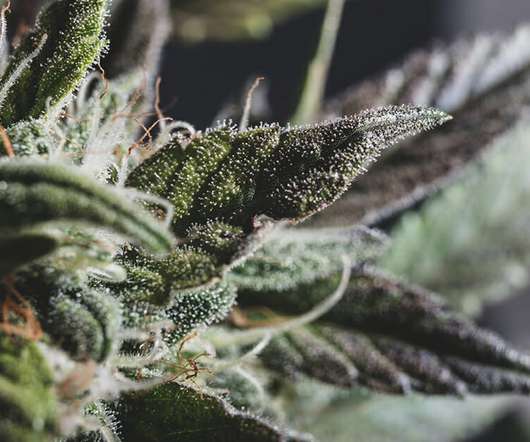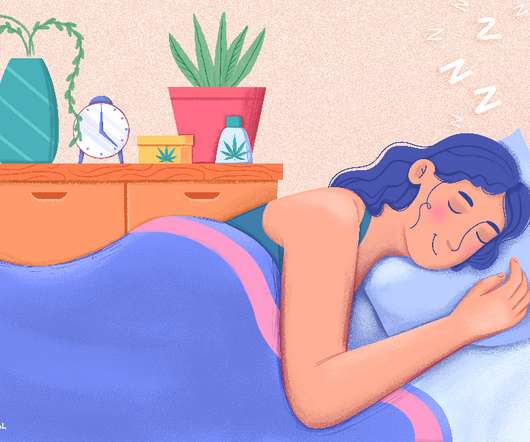Best Marijuana Strains for Stress
Kind Meds (Cannabis Education Blog)
APRIL 25, 2022
If stress is not managed properly, it often lingers, leading to serious mental and physical conditions, such as insomnia, recurring headaches, eating disorders, a weakened immune system, high blood pressure, heart disease, and much more. [1] Sativa strains are taller plants with narrower leaves. 1] Khan, S., & Kahn, R.












Let's personalize your content